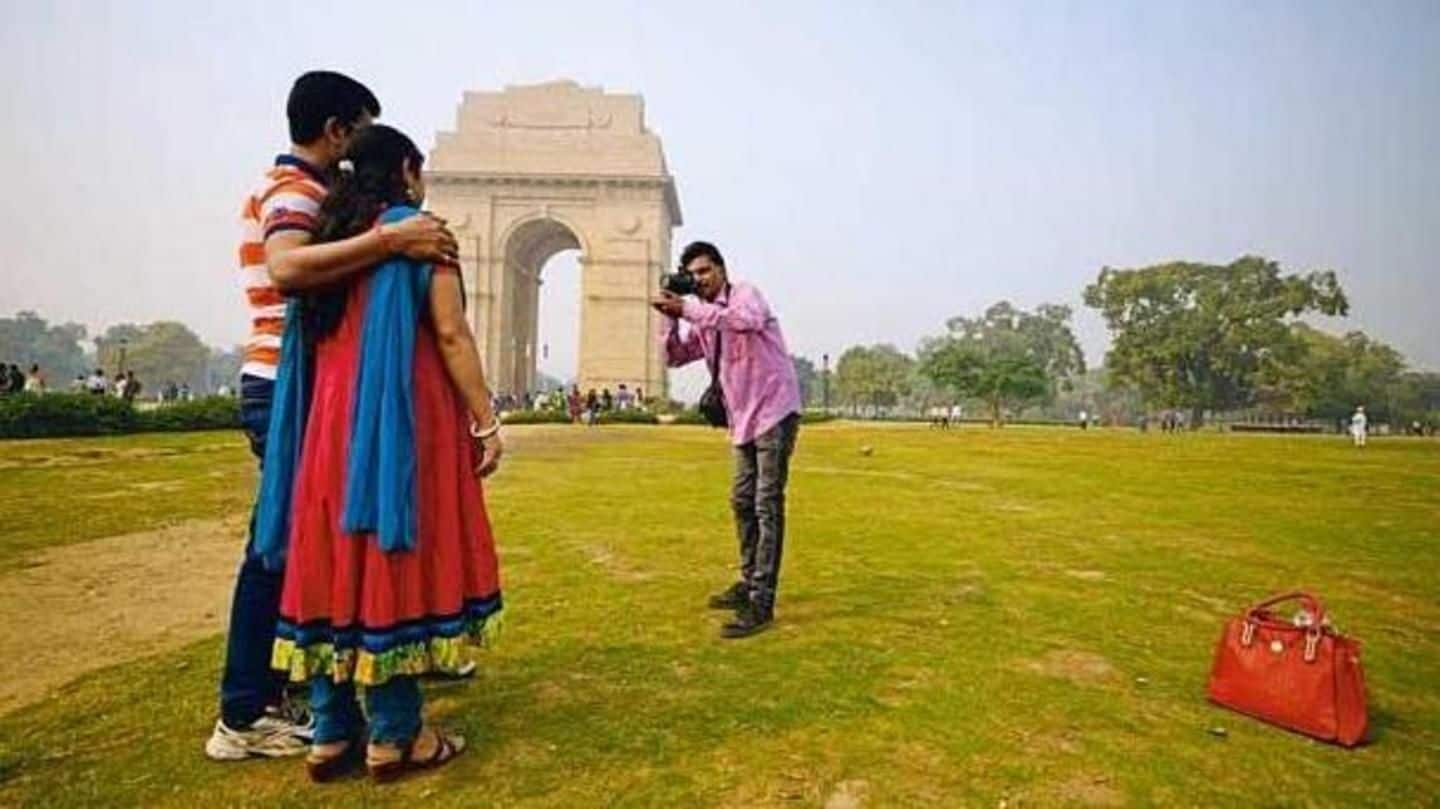
Hours after Modi's remarks, ASI lifts photography ban in monuments
What's the story
In a major relief to photographers and historians, the Archaeological Survey of India (ASI) has lifted a ban on photography inside centrally protected monuments. The restrictions will remain in place only in the mausoleum at Taj Mahal, the Ajanta Caves and the Leh Palace. This comes hours after PM Narendra Modi questioned the rules, saying prohibiting people from clicking photos wasn't right.
Information
What did the earlier rules say?
According to the earlier rules, photography wasn't allowed inside monuments and sites administered by the ASI. Explicit permission needed to be taken from ASI for such activities. Commercial photographers needed special licenses to work in protected monuments.
Modi
What did PM Modi have to say about it?
Yesterday, while inaugurating ASI's new headquarters, the 'Dharohar Bhawan,' at Tilak Marg in Delhi, Modi said, "Today, using space technology, a photograph can be taken of a scooter parked in a small lane of Delhi from thousands of miles away, but our monuments still display hoardings: 'photography prohibited'." "The times have changed, so has the technology," he added. ASI's order was out by the evening.
Twitter Post
ASI order inspired by Modi's vision: Culture Minister Mahesh Sharma
Inspired by the vision of hon’ble PM @narendramodi ji his guidance this morning while inaugurating the new HQ of ASI, It has been decided to allow photography within the premises of all centrally protected monuments except Ajanta Caves, Leh Palace and mausoleum of TajMahal. pic.twitter.com/0pI3QV9gJj
— Dr. Mahesh Sharma (@dr_maheshsharma) July 12, 2018
Information
ASI manages more than 3,600 monuments and sites across India
The ASI looks after 3,686 monuments, archaeological sites and remains of national importance across India, including places like Agra Fort, the Palace of Tipu Sultan (Bengaluru), the Sun Temple at Konark, and Suraj Kund in Chandigarh. Proceeds from ticket sales go towards the organization.